- Your cart is empty
- Continue Shopping
P 250 Suspension is a trusted pediatric medicine designed to relieve pain and reduce high body temperature in children. It effectively treats common conditions like headache, toothache, body aches, fever, and symptoms of the common cold. The medicine works by blocking chemicals in the brain that transmit pain and fever signals, providing quick and reliable relief. P 250 Suspension can be administered before or after food, but giving it after meals is preferred to avoid stomach irritation. The dose and duration depend on the child’s age, body weight, and severity of symptoms, and must always follow the doctor’s instructions. Avoid combining it with other medicines containing paracetamol to prevent overdose and liver damage. With proper use, P 250 Suspension is safe, well-tolerated, and highly effective in managing pain and fever, helping children recover comfortably and safely.
Key Benefits of P 250 Suspension
• Relieves headache
• Reduces fever
• Eases body aches
• Treats toothache
• Alleviates migraine pain
• Relieves sore throat discomfort
• Reduces menstrual pain
• Treats arthritis pain
• Eases muscle aches
• Provides fast-acting relief
• Blocks pain signals in the brain
• Lowers elevated body temperature
• Safe when used as prescribed
• Improves child’s comfort and activity
• Helps manage common cold symptoms
• Supports overall recovery
• Well-tolerated in most children
Common Side Effects
• Indigestion
• Nausea
• Vomiting
• Stomach pain
How to Use
• Administer as prescribed by the doctor
• Measure accurately with a proper measuring cup
• Give orally with or without food, preferably after meals
• Shake well before use
• Repeat the same dose if vomiting occurs within thirty minutes
• Do not double dose if a dose is missed
How P 250 Suspension Works
• Acts as an analgesic to relieve pain
• Possesses antipyretic properties to reduce fever
• Blocks production of prostaglandins, chemicals involved in pain and fever
What to Avoid
• Combining with other paracetamol-containing medicines
• Exceeding the recommended dose
• Ignoring doctor’s instructions
• Administering on an empty stomach if it causes irritation
• Self-adjusting the dose
• Giving to children with unknown allergies
• Using for longer than prescribed
• Alcohol-containing medicines
• Skipping doctor consultations
• Administering to children with severe liver disease
• Ignoring kidney issues
• Double dosing
Safety Advice
• Consult doctor for liver or kidney problems
• Follow prescribed dosing schedule
• Monitor for unusual reactions
• Store in a cool, dry place
• Keep out of reach of children
• Measure dose accurately
• Observe for persistent side effects
• Avoid self-medication
• Administer with food to reduce stomach irritation
• Seek medical attention for severe reactions
Precautions
• Not recommended for children with severe liver disease
• Use with caution in severe kidney disease
• Avoid overdose
• Take the lowest effective dose for the shortest time
• Monitor for allergic reactions
• Follow doctor’s guidance strictly
• Do not combine with other painkillers
• Ensure proper storage and handling
• Administer at fixed times daily
• Seek doctor advice if child vomits after dosing
Vendor Information
- Address:
- No ratings found yet!




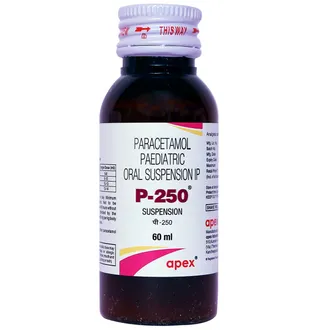


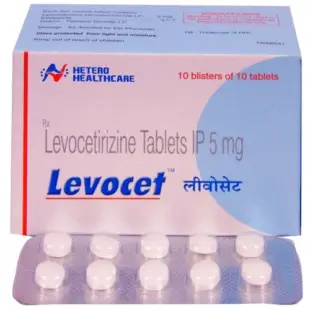

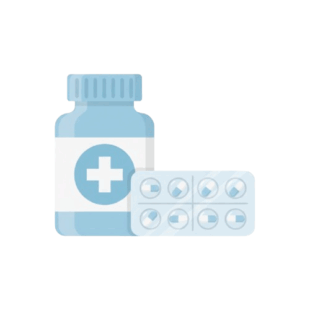

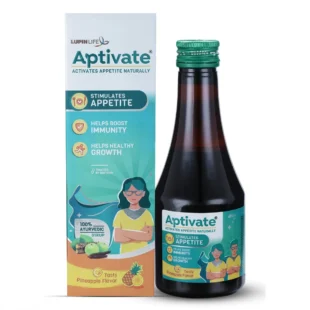
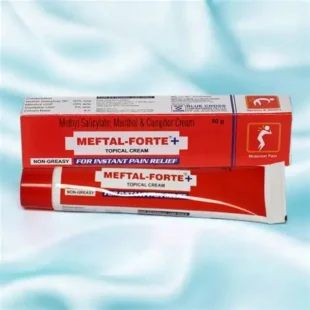
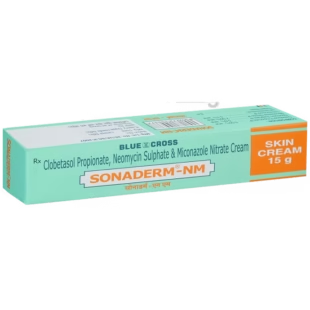

Reviews
There are no reviews yet.